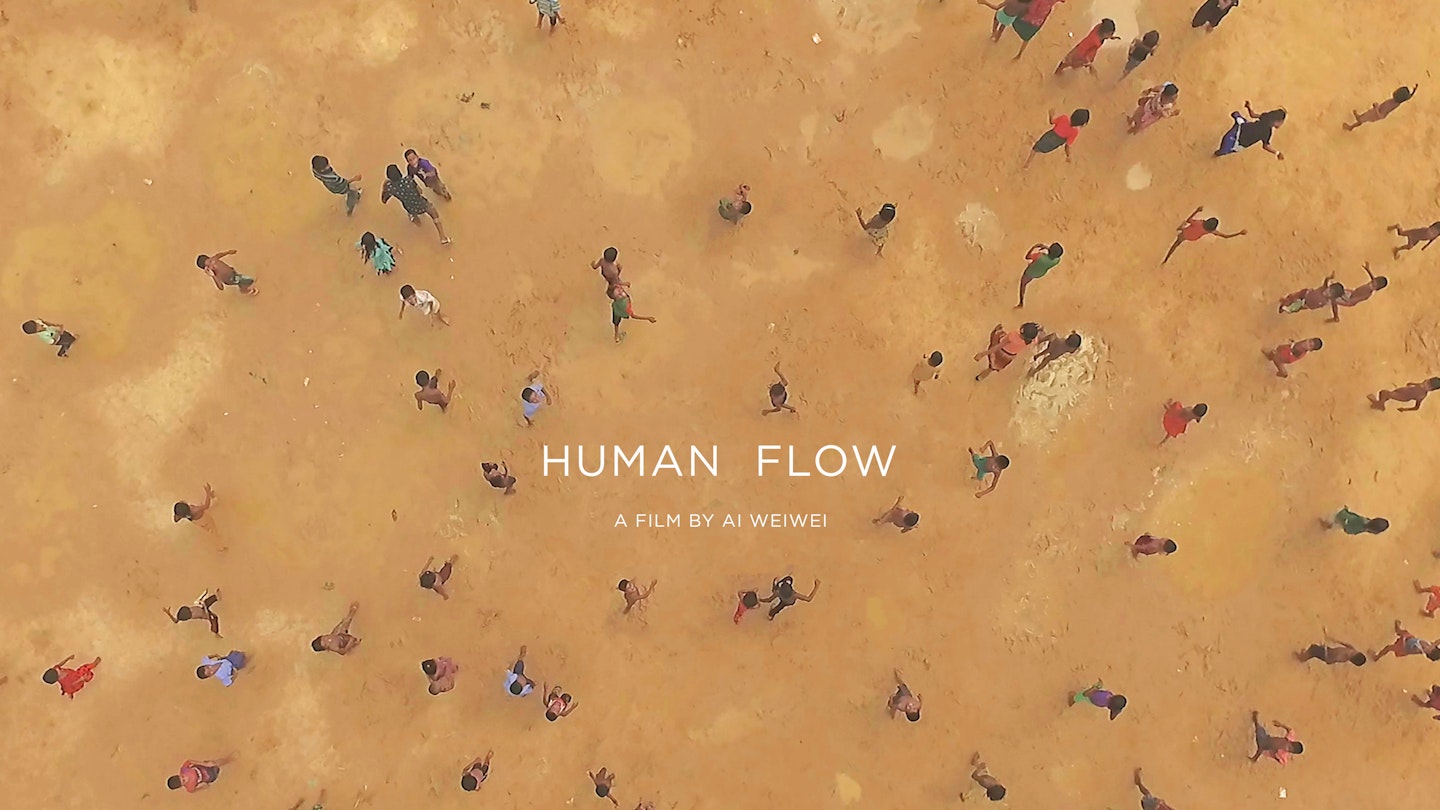Having been displaced as a youth during the Cultural Revolution, Ai Weiwei knows what it feels like to be ripped from one's home. However, by placing himself at the centre of this noble bid to raise awareness of the plight of the growing number of refugees seeking asylum or economic opportunity, he runs the risk of distracting the audience from the main issue. But, such is the magnitude of the situation and the potency of the imagery produced by 25 camera crews, no-one should be left in any doubt about the severity of the catastrophe that humanity has brought upon itself through its fear, ignorance, prejudice and greed.
Weiwei conveys the scale of the emergency with an intimacy that should discomfit the most rabid xenophobe.
There are currently 65 million displaced persons, and none should have to endure the degradation and exploitation that Ai witnesses on his travels. He singles out the Rohingyas, Kurds and Palestinians for special attention, while also remembering those countless Africans uprooted by climate change. But the majority of those risking all to cross the Mediterranean are fleeing turmoil in Iraq, Syria and Afghanistan and, in scrupulously avoiding any discussion of the rights and wrongs of the conflicts that pitched these victims on their roads to nowhere, Ai concentrates instead on their fragility, tenacity and dignity in lamenting the treatment they have received across Europe.
Making telling use of ground-level and drone images, Weiwei conveys the scale of the emergency with an intimacy that should discomfit the most rabid xenophobe. Names like Idomeni, Zaatari, Dadaab, Shatila, Ifo and The Jungle should be as repulsive to us as those of the notoriously pitiless wartime camps, as the indignities and injustice they impose are rooted in the same insularity, intolerance and indifference that allowed an entire continent to turn its back on the despised and the disowned. Their continued existence shames us all.
